Home>Articles>Why Are Floating And Sliding Calipers More Common Than Fixed Calipers
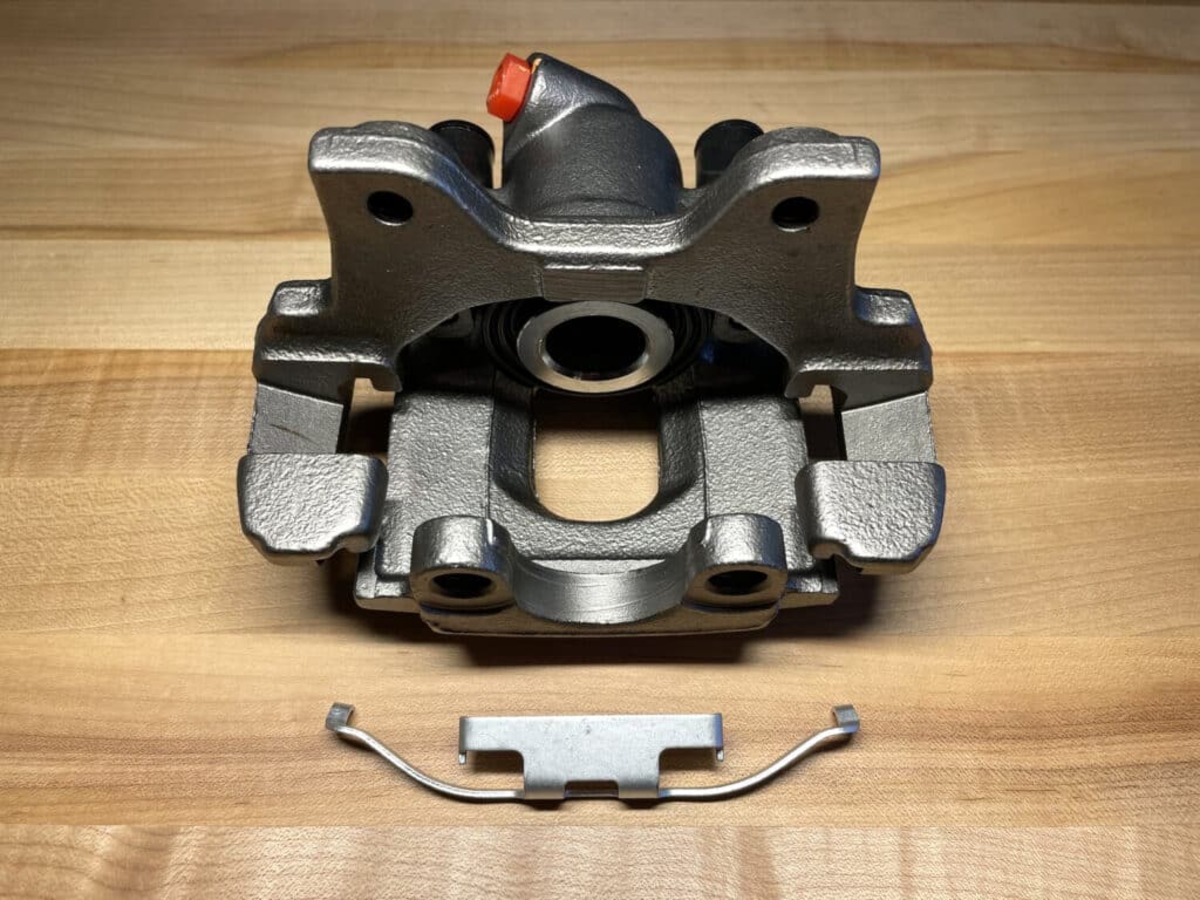

Articles
Why Are Floating And Sliding Calipers More Common Than Fixed Calipers
Modified: December 7, 2023
Discover why floating and sliding calipers are more commonly used than fixed calipers in this informative article. Learn the advantages and benefits of these brake caliper types.
(Many of the links in this article redirect to a specific reviewed product. Your purchase of these products through affiliate links helps to generate commission for Storables.com, at no extra cost. Learn more)
Introduction
When it comes to the braking system of a vehicle, the calipers play a crucial role in ensuring smooth and efficient stopping power. Calipers are responsible for exerting pressure on the brake pads, which in turn press against the rotors, causing the vehicle to slow down or come to a complete stop. While there are various types of calipers used in automotive applications, floating and sliding calipers have emerged as the more common choices compared to fixed calipers.
In this article, we will explore why floating and sliding calipers are more prevalent in the automotive industry and the advantages they offer over fixed calipers. We will also address some common misconceptions about fixed calipers, shedding light on the factors that influence the prevalence of these different caliper designs.
Understanding the differences and benefits of various caliper designs can provide valuable insights for car enthusiasts, technicians, and those interested in the inner workings of their vehicles. So, let’s dive into the world of brake calipers and explore why floating and sliding calipers have become the go-to options in the automotive industry.
Key Takeaways:
- Floating and sliding calipers are more common than fixed calipers in the automotive industry due to their cost-effectiveness, reduced brake drag, lower heat transfer, and improved brake pad wear, making them suitable for everyday driving needs.
- Factors such as affordability, lighter weight, usability, compatibility with suspension systems, and manufacturer preferences contribute to the prevalence of floating and sliding calipers, offering advantages over fixed calipers in various automotive applications.
Overview of Brake Calipers
Before delving into the differences between fixed calipers and floating/sliding calipers, it’s essential to have a basic understanding of brake calipers and their function in a vehicle’s braking system.
Brake calipers are devices located near the wheels of a vehicle that house the brake pads and exert pressure on them to create friction against the rotors. This friction converts the kinetic energy of the moving vehicle into heat, effectively slowing it down or bringing it to a stop.
Calipers can be classified into three main types: fixed calipers, floating calipers, and sliding calipers. The design and operation of these calipers vary, resulting in different performance characteristics and maintenance requirements.
Fixed calipers, as the name suggests, are rigidly mounted to the vehicle’s hub or suspension. They utilize pistons on both sides of the rotor and have multiple sets of brake pads. The pistons move simultaneously, applying equal pressure to the brake pads on both sides of the rotor, resulting in balanced braking performance. These calipers are typically found in high-performance vehicles that require precise and consistent braking.
Floating calipers, also known as single-piston floating calipers, have only one piston located on the inboard side of the rotor. Unlike fixed calipers, floating calipers aren’t rigidly mounted and can slide or float laterally. The caliper bracket with the brake pads is fixed to the suspension, while the caliper itself moves to exert pressure on one side of the rotor. The force applied to the inboard brake pad is then transmitted through the caliper to the outboard pad, which presses against the opposite side of the rotor.
Sliding calipers, on the other hand, differ from floating calipers in terms of their sliding mechanism. Instead of the caliper itself sliding, sliding calipers have one or more pistons mounted on the inboard side of the rotor. The caliper brackets, along with the brake pads, slide or float to exert pressure on the rotor. This design allows for more even distribution of brake force and can provide better braking performance compared to floating calipers in certain situations.
Now that we have a basic understanding of the different types of brake calipers let’s explore the specific features and advantages of floating and sliding calipers in comparison to fixed calipers.
Differences Between Fixed Calipers and Floating/Sliding Calipers
While all caliper designs serve the same purpose of applying pressure to the brake pads, there are notable differences between fixed calipers and floating/sliding calipers that contribute to their distinct performance characteristics.
One of the key differences lies in the number of pistons used in each design. Fixed calipers typically have multiple pistons on each side of the rotor, which allows for more even distribution of braking force. This balanced force application results in consistent and predictable braking performance. On the other hand, floating and sliding calipers usually have only one or a few pistons, which can lead to slightly uneven pressure distribution.
An additional difference is the mounting and movement of the caliper. Fixed calipers are rigidly mounted to the hub or suspension, whereas floating and sliding calipers have some degree of lateral movement. In floating calipers, the caliper itself slides laterally, while in sliding calipers, the caliper brackets slide. This movement enables the caliper to adjust its position relative to the rotor, compensating for small deviations in rotor thickness and reducing the risk of brake drag.
Another distinction is the number of brake pads used in each design. Fixed calipers typically have multiple sets of brake pads, evenly distributed on both sides of the rotor. This configuration allows for greater clamping force on the rotor, resulting in improved braking performance. In contrast, floating and sliding calipers have a single set of brake pads that press against one side of the rotor. The force is then transmitted through the caliper to the other pad, providing braking force on both sides of the rotor.
Furthermore, maintenance and repair requirements differ between fixed calipers and floating/sliding calipers. Fixed calipers can be more complex and costly to service due to their multiple pistons and intricate design. In contrast, floating and sliding calipers have simpler designs, making them easier to maintain and repair. The ability to easily slide or float also helps reduce the likelihood of uneven brake pad wear and prolong the lifespan of the braking system.
These differences in design and performance characteristics contribute to the widespread use of floating and sliding calipers compared to fixed calipers. In the next section, we will explore the advantages that floating and sliding calipers offer in automotive applications.
Advantages of Floating and Sliding Calipers
Floating and sliding calipers offer several advantages over fixed calipers, which have contributed to their popularity in the automotive industry. Let’s take a closer look at these advantages:
- Simplicity and Cost-effectiveness: Floating and sliding calipers have simpler designs compared to fixed calipers. They typically have fewer components, making them less expensive to manufacture and easier to service. This simplicity also means that there are fewer parts that can fail, reducing the risk of maintenance issues and lowering overall maintenance costs.
- Reduced Brake Drag: The ability of floating and sliding calipers to move laterally allows them to adapt to small variations in rotor thickness. This reduces the risk of brake drag, where the brake pads continue to exert pressure on the rotors even when the brakes are not engaged. Brake drag can lead to increased wear and reduced fuel efficiency. Floating and sliding calipers help minimize this issue, resulting in improved brake performance and efficiency.
- Lower Heat Transfer to Brake Fluid: Floating and sliding calipers tend to transfer less heat to the brake fluid compared to fixed calipers. Heat transfer can cause the brake fluid to boil, resulting in a phenomenon known as brake fade. Brake fade can reduce braking efficiency and increase stopping distances. By minimizing heat transfer, floating and sliding calipers help maintain optimal brake fluid performance and prevent brake fade.
- Improved Brake Pad Wear: Floating and sliding calipers distribute brake pad wear more evenly across the rotor compared to fixed calipers. This helps prolong the lifespan of the brake pads and rotor, reducing the frequency of pad replacement and minimizing maintenance costs over time. Additionally, even wear on the brake pads contributes to consistent braking performance and improved overall safety.
- Enhanced Performance in Wet Conditions: Floating and sliding calipers can provide better performance in wet conditions compared to fixed calipers. The ability to adjust the position relative to the rotor helps prevent water buildup between the brake pad and rotor, reducing the risk of reduced braking effectiveness. This can be particularly advantageous in areas with frequent rainfall or when driving through wet and slippery road surfaces.
These advantages make floating and sliding calipers suitable for a wide range of vehicles, including passenger cars, SUVs, and light trucks. Additionally, their cost-effectiveness and simplicity make them attractive options for manufacturers and aftermarket applications alike.
Despite these advantages, it is important to note that the specific design and engineering considerations for each vehicle can also influence the choice of caliper type. Factors such as the weight and intended usage of the vehicle, desired braking performance, and budget constraints may warrant the use of fixed calipers or alternative braking solutions.
Now that we have explored the advantages of floating and sliding calipers, let’s move on to discussing the factors that influence the prevalence of these caliper designs in the automotive industry.
Floating and sliding calipers are more common than fixed calipers because they are simpler, lighter, and less expensive to manufacture. They also provide good braking performance for most everyday driving situations.
Factors Influencing the Prevalence of Floating and Sliding Calipers
There are several factors that contribute to the prevalence of floating and sliding calipers in the automotive industry. These factors include considerations related to performance, cost, and manufacturing. Let’s explore these factors in more detail:
- Cost and Affordability: Floating and sliding calipers are typically more cost-effective compared to fixed calipers. The simpler design and fewer components result in lower manufacturing costs and reduced maintenance requirements. This affordability makes floating and sliding calipers a preferred choice for budget-friendly vehicles and aftermarket replacements.
- Weight and Fuel Efficiency: Floating and sliding calipers are generally lighter than fixed calipers due to their simpler construction. The reduced weight contributes to improved fuel efficiency, as it reduces the overall weight of the vehicle and the rotational mass that the engine needs to overcome. As fuel efficiency becomes a critical consideration in the automotive industry, the use of lighter calipers becomes more prevalent.
- Usability and Performance: Floating and sliding calipers offer good usability and performance for everyday driving conditions. Their ability to adapt to minor rotor thickness variations and reduce heat transfer improves overall brake performance and reliability. These caliper designs are considered suitable for most commuting and regular driving needs, making them a common choice for passenger cars and light trucks.
- Compatibility with Suspension Systems: Floating and sliding calipers tend to be more compatible with various suspension systems used in different vehicle designs. Their ability to move laterally and adapt to slight suspension movements makes them a versatile option that can accommodate different suspension geometry and vehicle dynamics requirements.
- Manufacturer Preferences: Over time, some car manufacturers have developed expertise and invested in the production of floating and sliding calipers, making them readily available for use in their vehicle models. This preference, along with the aforementioned factors, has contributed to the prevalence of these caliper types in the automotive industry.
It’s important to note that while floating and sliding calipers are more commonly used, fixed calipers still have their place in certain vehicle applications. High-performance and sports cars may utilize fixed calipers for their superior braking performance and responsiveness. The choice of caliper type ultimately depends on the specific requirements, performance objectives, and budget constraints of the vehicle and its intended use.
Now that we have explored the factors influencing the prevalence of floating and sliding calipers, let’s address some common misconceptions about fixed calipers in the next section.
Common Misconceptions about Fixed Calipers
While floating and sliding calipers have become more prevalent in the automotive industry, there are often misconceptions surrounding fixed calipers that need to be addressed. Let’s debunk some common misconceptions about fixed calipers:
- Fixed Calipers Provide Better Braking Performance: One common misconception is that fixed calipers always offer superior braking performance compared to floating and sliding calipers. While it is true that fixed calipers can provide excellent performance in certain high-performance applications, it does not mean that they are always superior in all scenarios. Floating and sliding calipers have their own advantages and can offer satisfactory braking performance for everyday driving needs.
- Fixed Calipers Are Always More Durable: Another misconception is that fixed calipers are inherently more durable than floating and sliding calipers. While it is true that fixed calipers are often found in high-performance vehicles and are engineered to withstand extreme conditions, it does not mean that floating and sliding calipers are less durable. With proper maintenance and regular inspections, floating and sliding calipers can provide long-lasting and reliable performance.
- Fixed Calipers Are Always More Expensive: Many assume that fixed calipers are always more expensive than floating and sliding calipers due to their advanced design and performance capabilities. However, this is not always the case. The cost of calipers can vary depending on factors such as the vehicle manufacturer, caliper brand, specific model, and aftermarket options. While fixed calipers may be more expensive in some cases, there are also affordable and cost-effective options available in the market.
- Fixed Calipers Are Always Harder to Maintain: Some people believe that fixed calipers are more complex and challenging to maintain compared to floating and sliding calipers. While fixed calipers may have more components and require additional expertise for servicing, this does not necessarily mean that they are always harder to maintain. With proper guidance and access to the necessary tools, maintenance procedures for fixed calipers can be easily performed by experienced technicians.
- Fixed Calipers Are Always the Best Option: Lastly, there is a misconception that fixed calipers are always the best option for all vehicles. While fixed calipers can provide exceptional braking performance, other factors such as weight, cost, and intended use of the vehicle also need to be considered. For everyday driving and budget-friendly vehicles, floating and sliding calipers can offer satisfactory performance while being more cost-effective and lighter in weight.
It is important to base the choice of caliper type on a thorough understanding of the vehicle’s specifications, performance requirements, and budget constraints. Each caliper type has its own advantages and considerations, and selecting the appropriate caliper design can ultimately contribute to optimal braking performance and safety.
Now that we have debunked some common misconceptions about fixed calipers, let’s conclude our discussion.
Conclusion
In conclusion, the prevalence of floating and sliding calipers in the automotive industry can be attributed to several factors. These caliper designs offer numerous advantages, such as cost-effectiveness, reduced brake drag, lower heat transfer, improved brake pad wear, and enhanced performance in wet conditions.
Factors influencing the prevalence of floating and sliding calipers include their affordability, lighter weight, usability, compatibility with suspension systems, and manufacturer preferences. These factors align with the industry’s focus on cost reduction, fuel efficiency, and overall performance.
It’s important to note that while floating and sliding calipers are more commonly used, fixed calipers still have their place in high-performance applications where superior braking performance is paramount. However, misconceptions about fixed calipers, such as claims of always providing better performance or higher durability, need to be debunked. Each caliper type has its own advantages and considerations, and the choice should be based on the specific requirements and intended use of the vehicle.
By understanding the differences between these caliper designs, debunking misconceptions, and considering various factors, automotive enthusiasts, technicians, and consumers can make informed decisions about their braking systems and ensure optimal performance and safety on the road.
In the ever-evolving automotive industry, the prevalence of floating and sliding calipers is likely to continue due to their cost-effectiveness, versatility, and ability to meet the performance demands of everyday driving. However, innovations in caliper technology may also open doors to new and improved designs that offer even better braking performance and efficiency.
As we move forward, it is crucial to stay informed about advancements in brake caliper technology and continuously evaluate the options available to ensure safe and reliable braking systems in our vehicles.
So, the next time you hit the road and tap on the brakes, remember the role that floating and sliding calipers play in keeping you safe and in control.
Frequently Asked Questions about Why Are Floating And Sliding Calipers More Common Than Fixed Calipers
Was this page helpful?
At Storables.com, we guarantee accurate and reliable information. Our content, validated by Expert Board Contributors, is crafted following stringent Editorial Policies. We're committed to providing you with well-researched, expert-backed insights for all your informational needs.

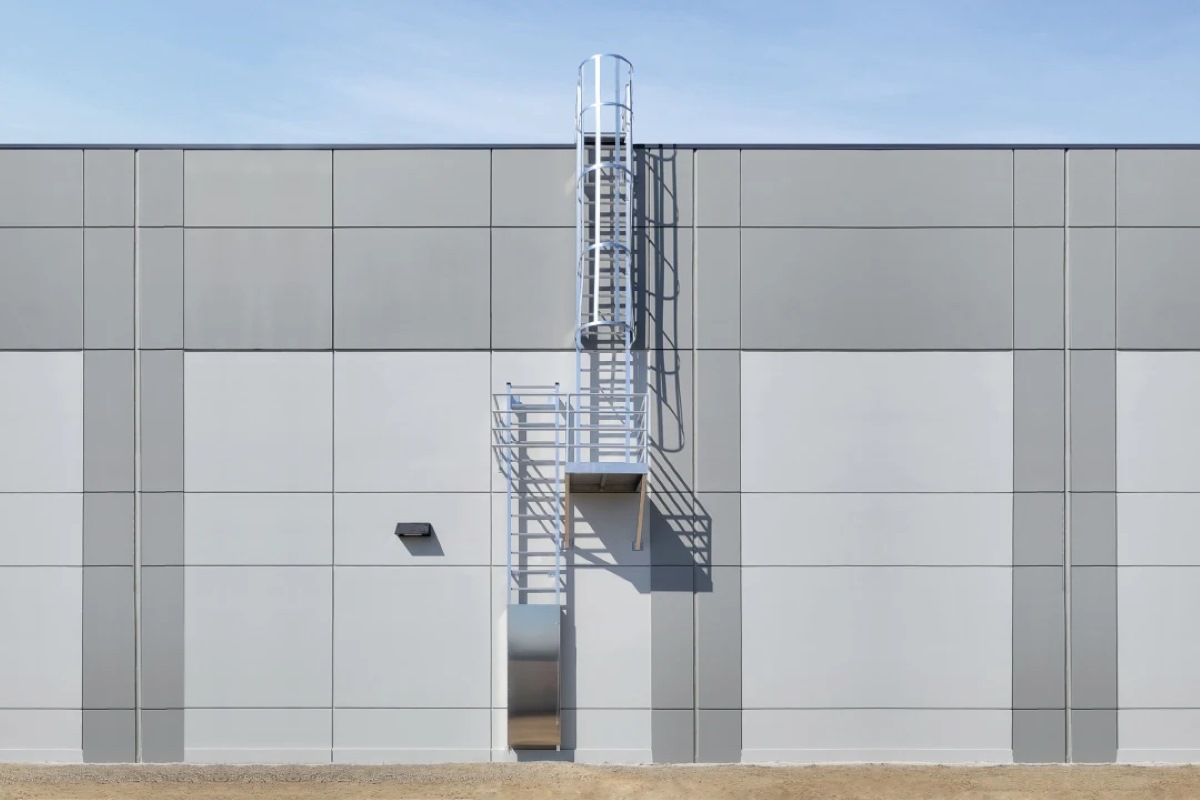
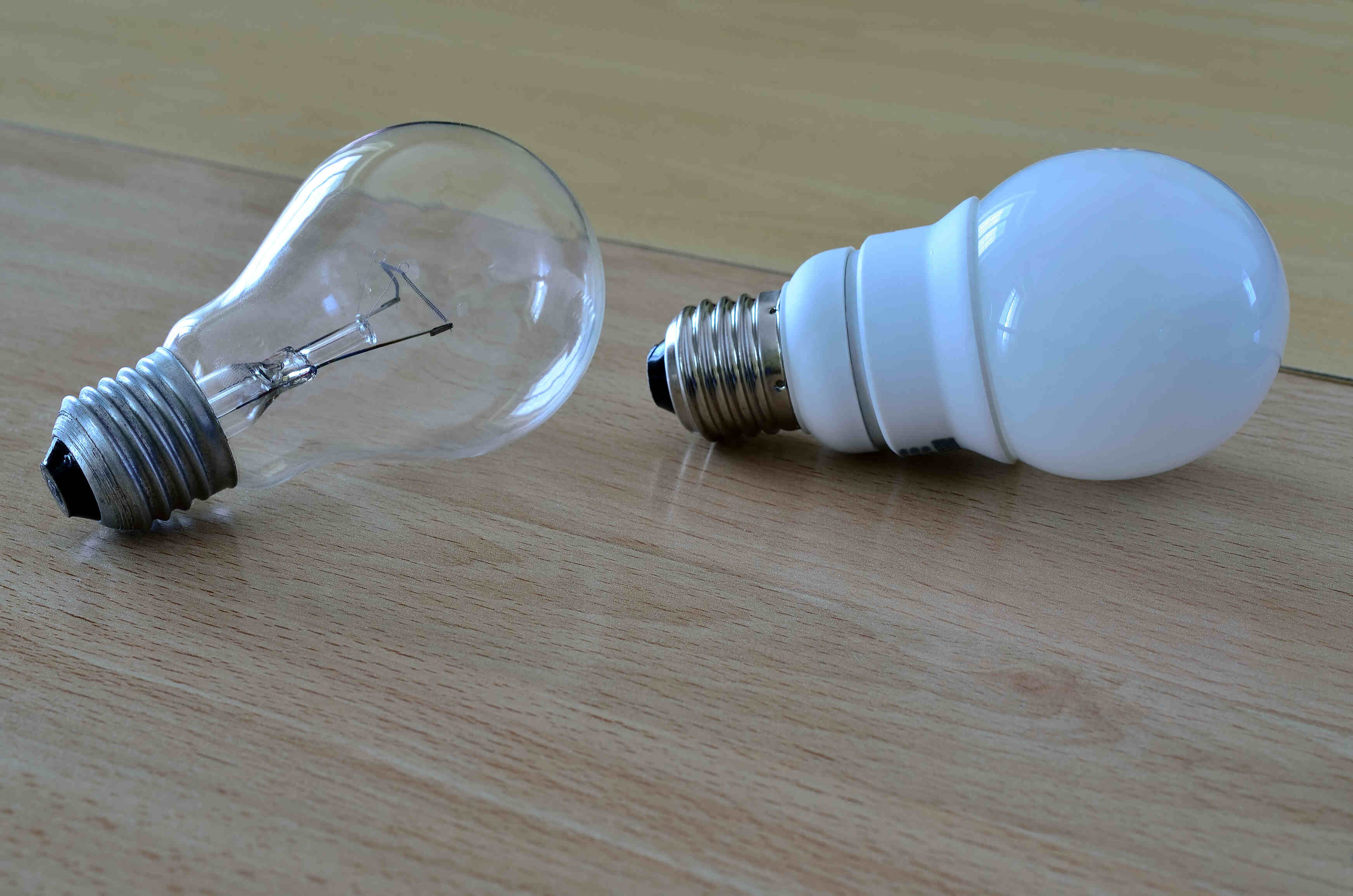

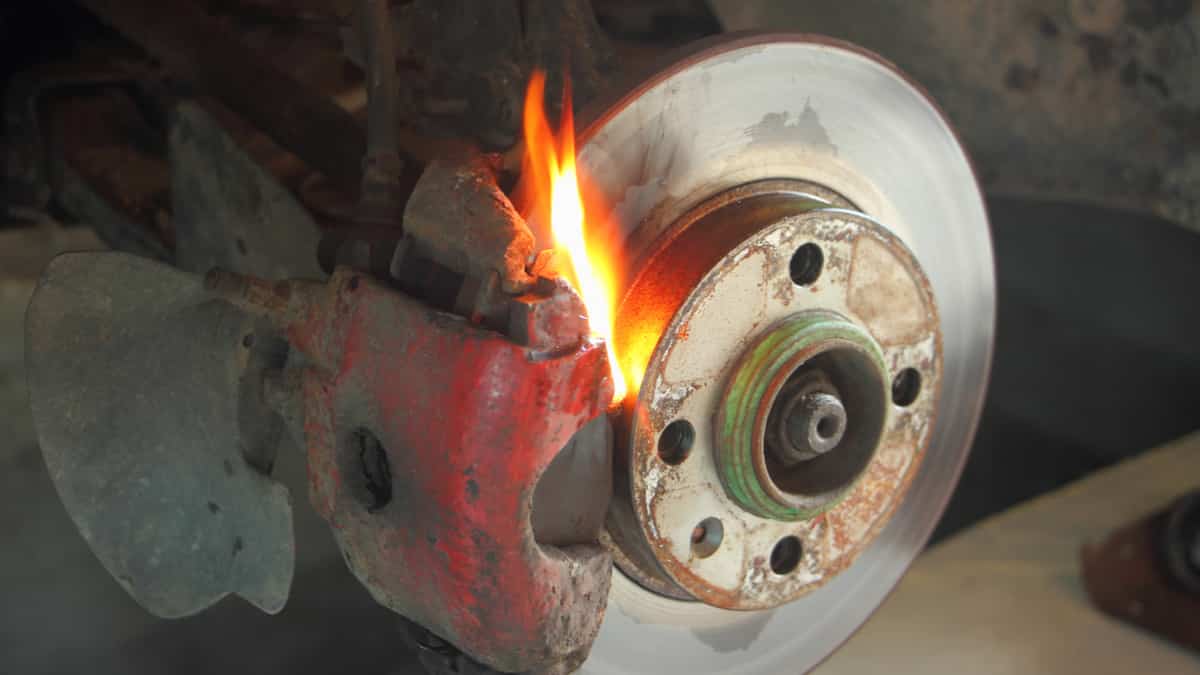



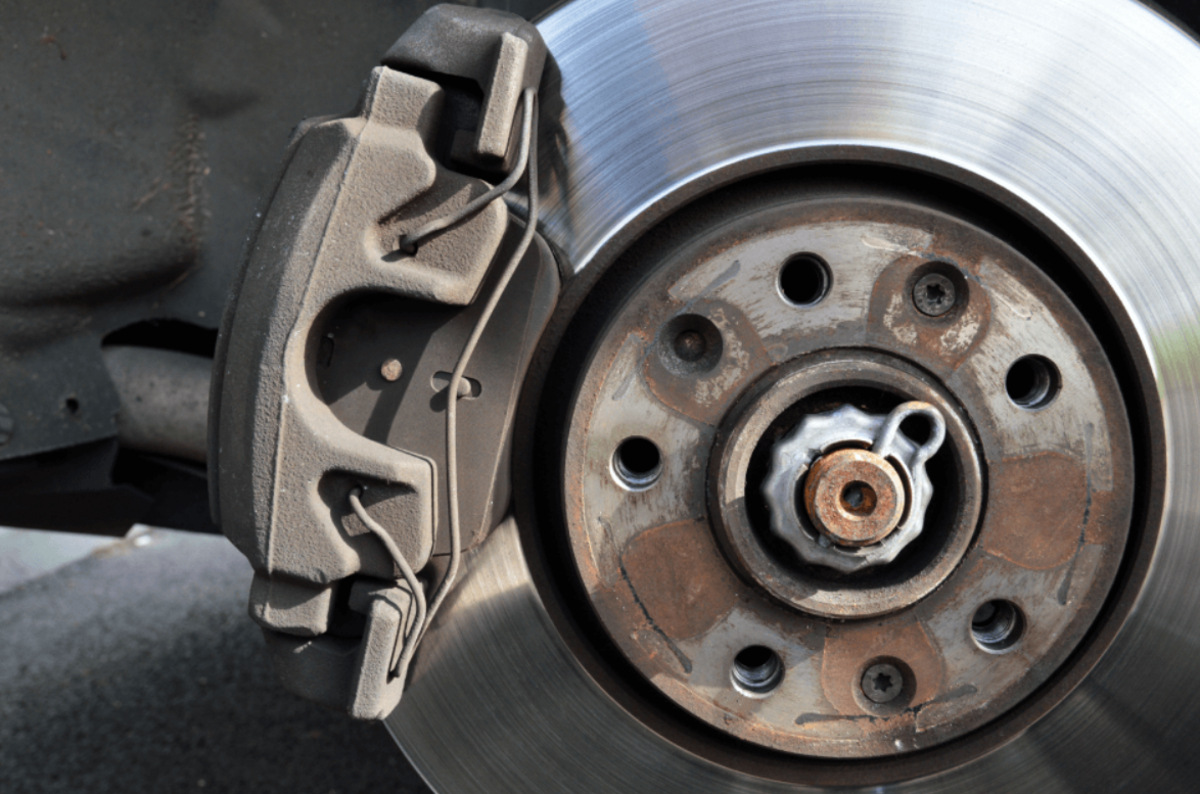


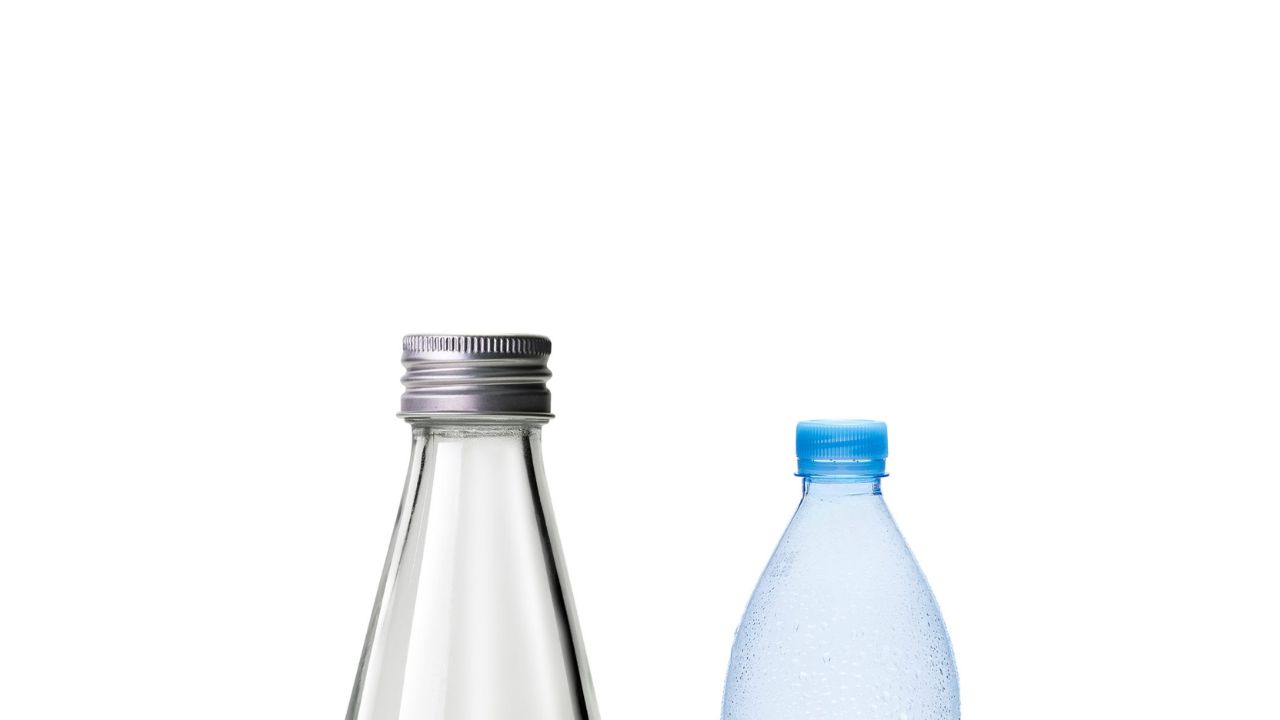



0 thoughts on “Why Are Floating And Sliding Calipers More Common Than Fixed Calipers”